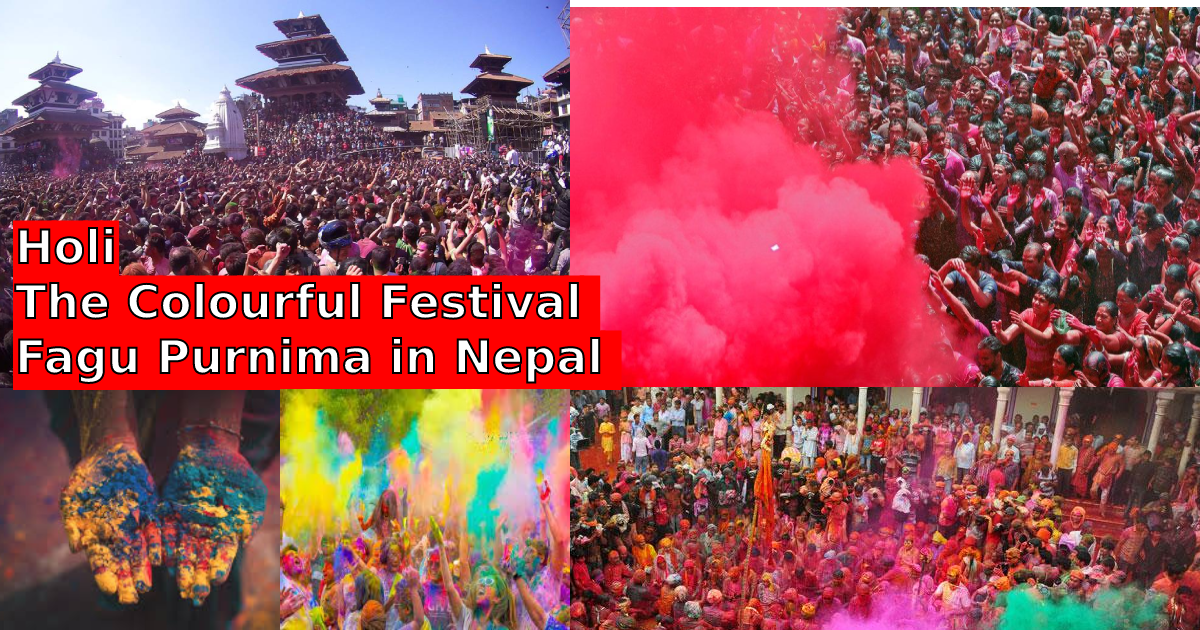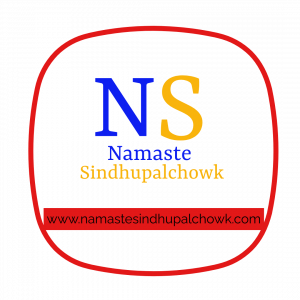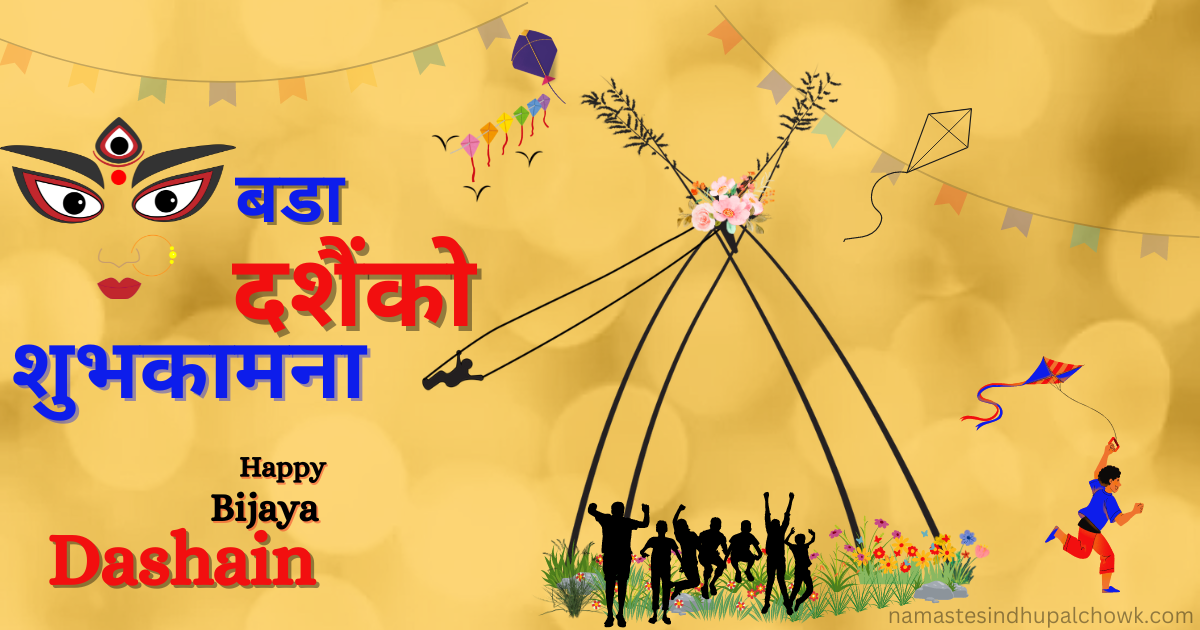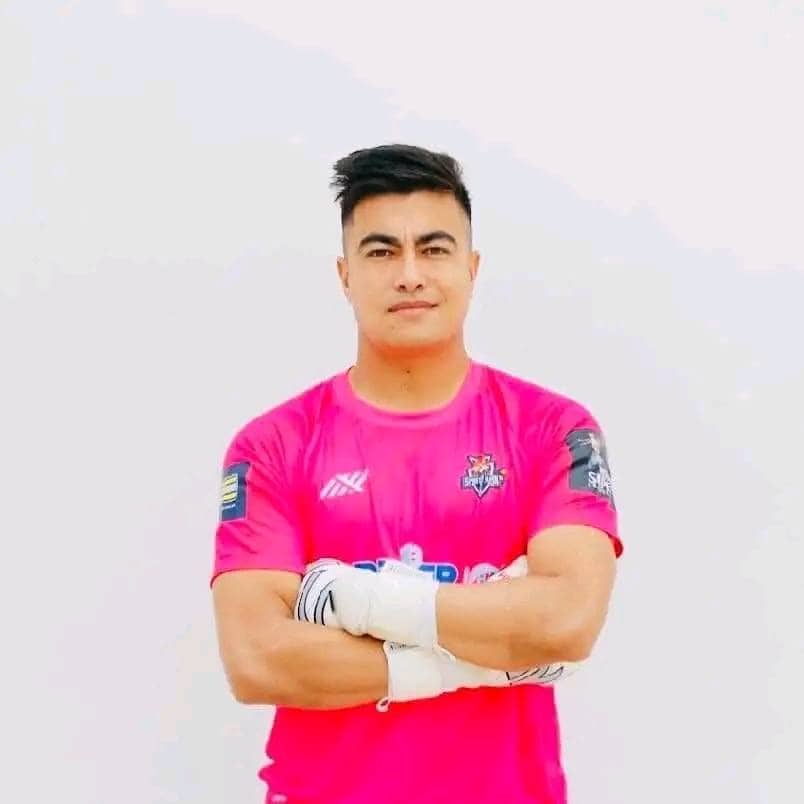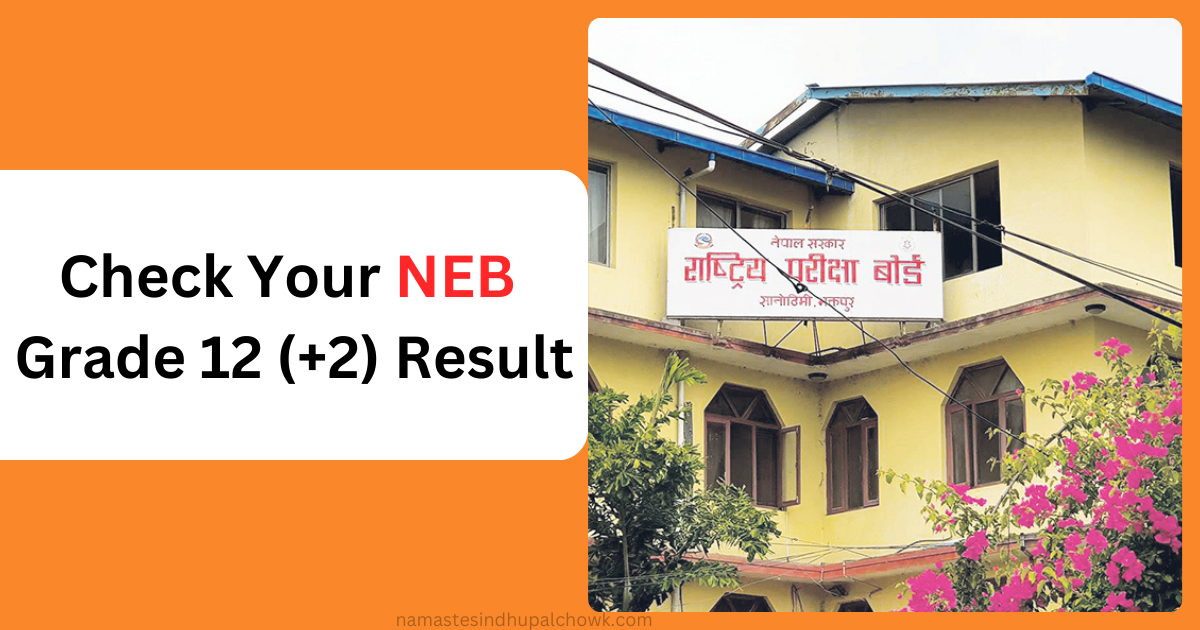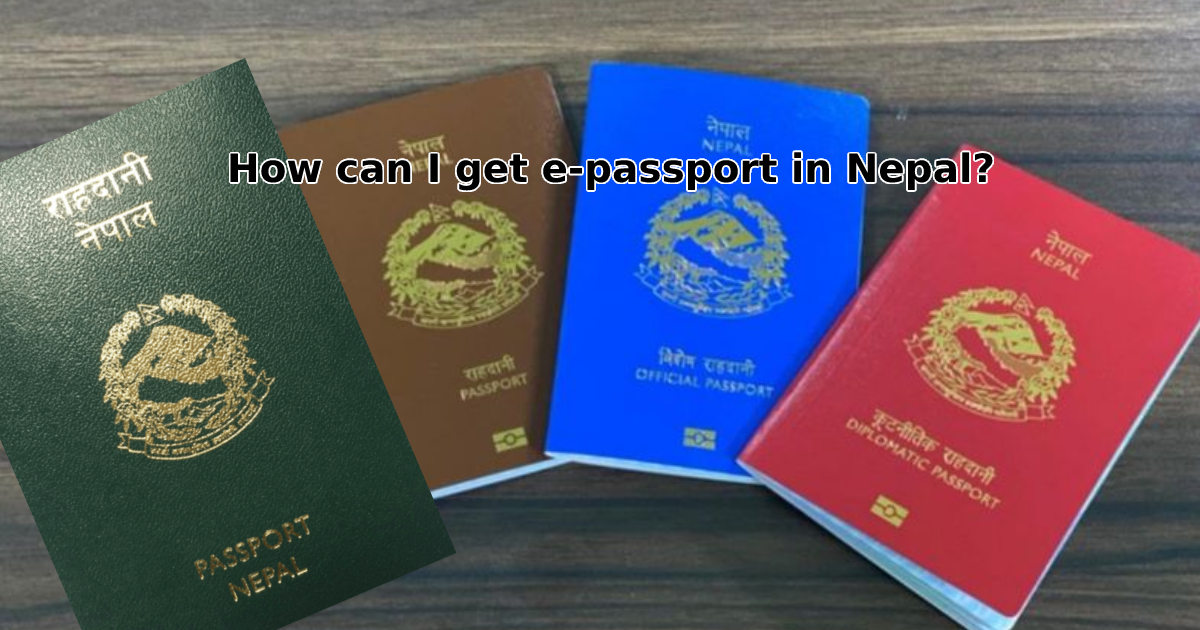Holi is a special and important festival for Nepali people. The unity of caste, community and religion is found in the Holi festival, which is celebrated with great fanfare, especially by Hindus. Of course, all castes, religions and communities of Nepal enjoy the Holi festival by joining hands with each other. However, countries like Fiji, India, and others where Hindu communities live around the world celebrate this one day of the year in different ways. However, in Nepal, there is a custom or tradition of celebrating Holi for two days.
Holi Festival: Fagu Purnima in Nepal
Holi is the festival of colours. In Nepal, the Hilly region's people celebrate Holi on the day of Falgun Purnima. Which is also known as Phagu Purnima or Phagu Punhe. Similarly, The people who live in the Tarai region, celebrate Holi one day after Holi in the hill region. In various religious scriptures, it is mentioned that Holi is celebrated only on one day. However, since ancient times in Nepal, two days are celebrated in a special way. After Dashain & Tihar, Nepalese celebrate Holi with great joy. It has helped to build unity, goodwill and brotherhood between people. The tradition of celebrating Holi in Nepal is changing according to time and situation. Especially among the Nepali youth, the Holi festival has a special charm. So, Thousands of foreigners come to Nepal every year to celebrate Holi.
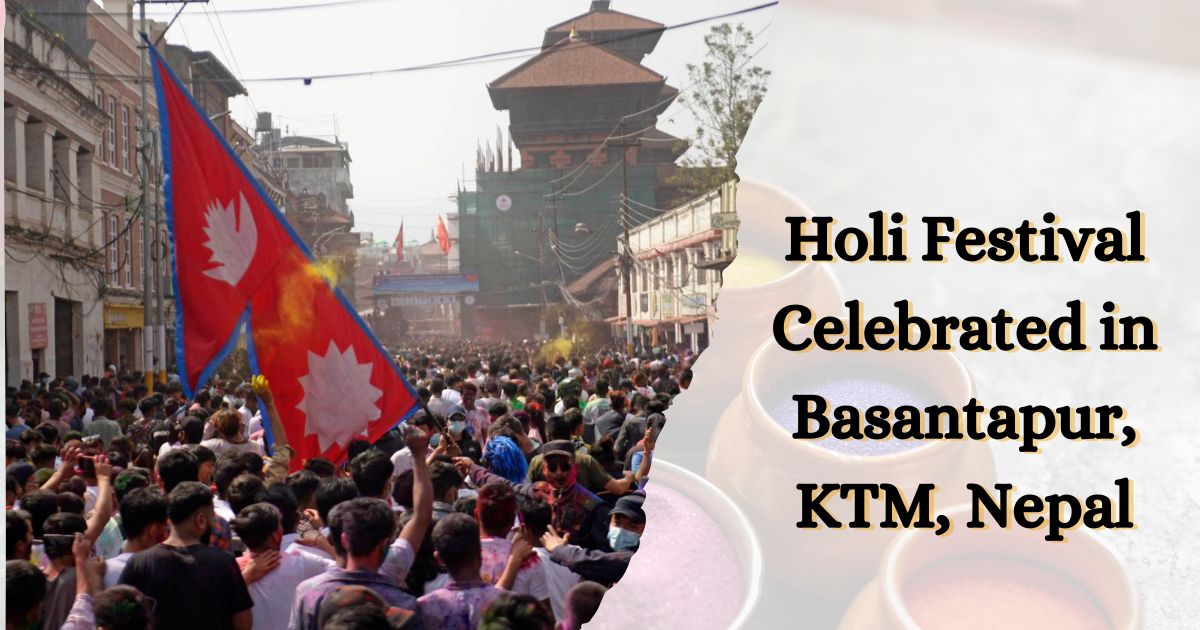
Holi is a festival of joy. People celebrate it with open hearts. Splashing water with pitchers on each other is a childhood memory of Holi. In the same way, everyone gathers together in one place and has fun with colours concerning each other. so, It is a memorable quality of Holi. Similarly, This festival helps to strengthen human solidarity, unity and cooperation.
Time & Date of Holi / Fagu Purnima
We know that the Holi festival is celebrated on the day of Falgun Purnima of each year. This festival falls under Falgun or Chaitra Nepali months or March or April of English months. It is a symbolic festival that represents the start of the spring season.
According to the calendar, the Holi festival is in Falgun 29 and Chaitra 1 in 2081 BS (2025 AD). The date of the Holi festival is:
| Date (BS/AD) | Holi in Hilly Region (BS/AD) | Holi in Terai (BS/AD) |
|---|---|---|
| 2080 / 2024 AD | Chaitra 11 / March 24 | Chaitra 12 / March 25 |
| 2081 BS / 2025 AD | Falgun 29 (February 13) | Chaitra 1 (February 14) |
The Legend of Holi Festival / Fagu Purnima
Many legends related to Holi are mentioned in various religious texts. Even though the legends are different, their essence of it is the same. Holi is a festival of joy. This festival is a festival to celebrate the victory of the truthful devotee over falsehood and demonic characters.
The legend of Holi combines the story of Prahlad and Holika, the story of the demon trying to kill Krishna by feeding him milk, and the story of Kamadeva and Rati. Among them, the story of Prahlad and Holika is the popular legend of the Holi festival.
Prahlad & Holika Legend
Daityaraja Hiranyakashyapu was in Treta Yuga. His son Prahlad was a devotee of Lord Vishnu. Daitya did not like that his son was a devotee of God. Because he belonged to the demon class. Daityaraj asked his son to stop being a devotee of Vishnu but his son did not agree. After that, the demon Hiranyakashypu tried many times to kill his own son Prahlad. However, they cannot kill.
Daitya Hiranyakashi asks his sister Holika to kill his own son Prahlad. Holika is the same demon who got the gift of not being burned by fire from Brahma. According to Hiranyakashipu's plan, Holika enters the fire with her nephew Prahlad in her arms. However, the monstrous Holika was burnt to ashes. And Prahlad, a devotee of Vishnu, remains safe in the fire. That day was the day of Phalgun Shukla Purnima. Thus, Holi is celebrated to commemorate the victory of truth or God over demons or falsehood.
Krishna & Putana Legend
According to another legend, in the Dwapara Yuga, Kansha sends the demon Putana to kill Krishna. That demon tries to kill Krishna by drinking poisoned milk. However, Lord Krishna kills that demon on the contrary. After that people of Bajra burn the body of that demon. And they celebrate the Fagu festival by using different colours. On that day too, it was Phalgun Shukla Purnima.
Apart from these, there are various legends related to Holi in various texts. Like Rati and Kamdev etc.
Holi / Fagu in kathmandu, Lalitpur & Bhaktapur (Valley)
There is a special and distinct tradition of celebrating Holi in the Kathmandu Valley of Nepal. Holi celebrates for eight days in Kathmandu Valley. It begins after traditional rituals at Hanuman Dhoka Darbar in Kathmandu. Actually, Holi starts from Basanta Panchami. On the day of Holi, a grand Holi cultural program manages in the Basantpur Darbar area. And, this program is completed with the common participation of all communities.
Similarly, Holi special program organizes in the Patan Durbar area of Lalitpur. And, local and other communities organize Holi programs here. In Bhaktapur, Phagu Purnima celebrates with great pomp. Here too, according to tradition, various symbolic poles are erected, worship is performed, and Holi celebrates with the common participation of all.
Fagu Purnima Celebrate all overall the Nepal
Holi is a festival shared by all Nepalese. All communities participate enthusiastically in this festival. Holi has a great contribution to uniting all the people of Nepal from Mechi to Mahakali at once. In Nepal, Phagu Purnima celebrates for two days as Terai Holi and Pahad Holi. This day is a public holiday across the country.
Nepali people celebrate Holi by splashing water or colouring each other. Also, families and communities gather in one place. And, they enjoy eating or drinking different dishes. People take Bhang during celebrating Holi. and most people wear a white T-shirt while celebrating Holi and share colourful colours with each other. The white t-shirt, the Colour market gradually increases during Holi time. Tourist areas like Pokhara, Basantpur, Sukute, Trisuli, Sauraha etc. full of tourists to celebrate Holi.
Food Items of Holi in Nepal
Nepal is also rich in food along with festivals. Therefore, at different festivals, different types of special tasty dishes prepare at home. Similarly, even during Holi, Nepalese eat various dishes. Gujiya, hemp lassi, hemp laddoos, sweet dishes, fruit juices and dishes, curd milk etc. are the dishes eaten during Holi.
Significant of Holi
Holi is the festival of colours. And, colour directly affects human psychology. Different colour has its different meanings or message. Holi is a festival of decorating colourful moments in a colourless life. Similarly, it is the festival of defeating falsehood and winning the truth. And Holi is only a reflection of human life. It teaches people to live a colourful life. And, it helps to establish a harmonious relationship between each others. Colours affect human health. Red, blue, green and yellow colours are especially used in Holi. Every colour has advantages and disadvantages.
The blue colour is a symbol of the crusades. Similarly, yellow is the favourite colour of Lord Vishnu and Lord Krishna. According to tradition, red colour is a symbol of strength and wisdom, and green colour is a symbol of life, life force and poignancy. Yellow colour is a symbol of devotion and religion. Similarly, the blue colour symbolizes peace and balance, the black colour envy and selfishness, white colour purity.
The major significance of Holi are unity, harmony, solidarity, brotherhood and strong mutual relationship between differing communities in society.
Frequently Asked Questions
Here are the answer of queries regarding to the Holi Festival.
When is Holi celebrated in Nepal?
| Holi festival is celebrated in Nepal every year on the full moon day of Falgun month. It usually falls in the English month of March. |
How do we celebrate Holi?
| Holi is the festival of colors. On this day, people celebrate Holi by keeping a colors on each other. Similarly, Holi is also celebrated by splashing water on each other along with colors. |
